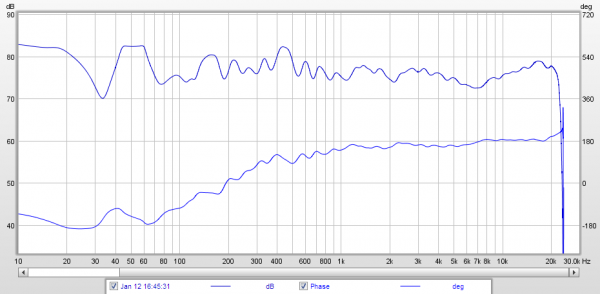Is it possible to design controls that do not add some coloration to the sound of the unit or system? I thought that was the reason for getting rid of tone controls in preference for accuracy or fidelity to the recording. If the signal is altered by going through a control of some kind, are you not compromising the fidelity of the component? Or are you talking about perfect controls that can be completely bypassed and add nothing to the signal?
Hi Peter
Every digital signal that reaches us in a DSD or pcm file is manipulated. I wouldn't be too excited about adding 'colouration' to a system, whatever that is - and really every choice in the replay chain affects the sound - I don't think it matters a jot. I'd be more interested in what sounds pleasing.
Anyway there is, I suggest, no such thing as "accurate" when it comes to recording: it is always the mastering engineers version of what is given to him, which is made up of a chain of components that work together to produce a digital signal from an analogue wave form. It is no more accurate to what I hear from a live performance than what you may. It is always at best an approximation.
Personally I don't see any difference to manipulating a signal via eg a tube pre amp or via eg a dsp engine (take for instance HQ Player). They all change the sound, and for the better, according to our individual whim.
Sweating the small stuff, in my humble opinion. Accurate is just an audiophile nicety that gives us something further to obsess over. It works from a premise that isn't, in my view, necessarily valid - that you want to/should hear what the studio hears. Now, having been in a couple of studios I can firmly state that is rarely what I would want to hear from my system. Pro audio have much lower replay standards than audiophiles. It's pretty shocking when you hear what they master through, and consider adequate to the task.
That is why when you get a studio that works with eg Merging or converters, you are generally onto a good recording. Personally I find the dCS and Grimm Audio ad converters far too sterile for my tastes, but to each their own.
Just my 2 cents.










